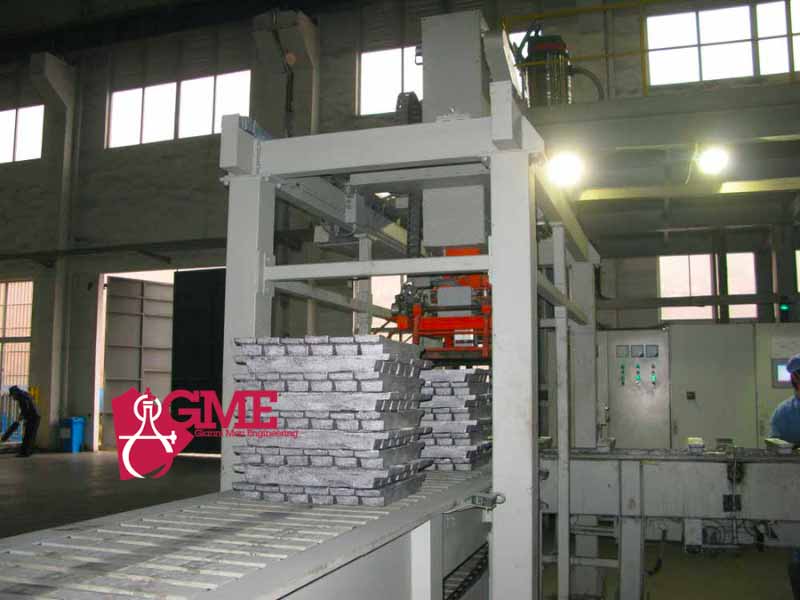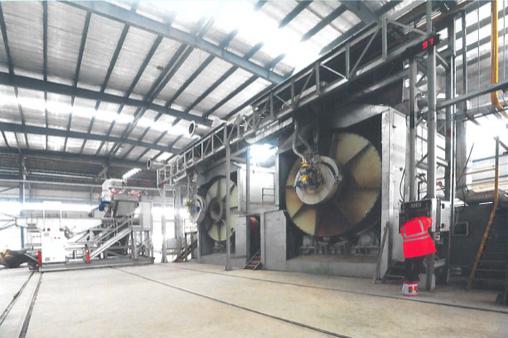Tag: lead acid batteries
Why Battery Recycling Is a Global Health Issue
From the bustling shantytowns of Africa to the narrow backstreets of China’s cities, small-scale businesses that focus on lead recycling, particularly from automotive batteries, are on the rise. These unregulated operations pose a significant threat to public health and the environment, with children being the most vulnerable to lead poisoning. Given this dire situation, recycling lead acid car batteries is
Plastic and Polypropylene recycling machine for lead car batteries
Unlocking the Process: How Lead Ingots are Produced
Lead ingot production is the final stage in the lead-acid battery recycling process, where refined lead is cast into ingots for further use or sale. In this article we will provide a detailed and informative explanation of the process of lead ingot production in a battery recycling facility. The recycling process can be broadly divided into five stages: pre-treatment, breaking
The Ultimate Guide to Lead Smelting: What It Is and How It Works
Lead smelting is a crucial step in the lead battery recycling process, which involves the extraction of lead from used batteries and the recycling of this lead for use in new batteries or other industrial applications. In a lead battery recycling plant, the lead-acid batteries are first broken down into their component parts, which typically includes the lead plates, lead
Learn How to Recycle Lead Acid Batteries Effectively
Can lead acid batteries be recycled? Lead-acid batteries are widely used in various applications, such as automotive, industrial, and renewable energy systems. However, they have a limited lifespan and eventually need to be replaced. This creates a significant environmental challenge, as lead-acid batteries contain hazardous materials, such as lead and sulfuric acid, which can be harmful to human health and





